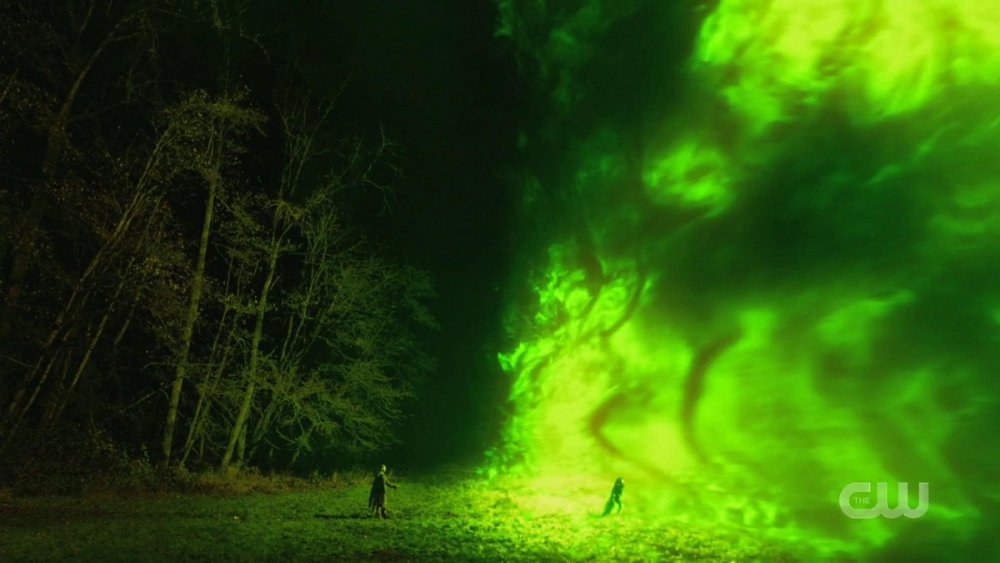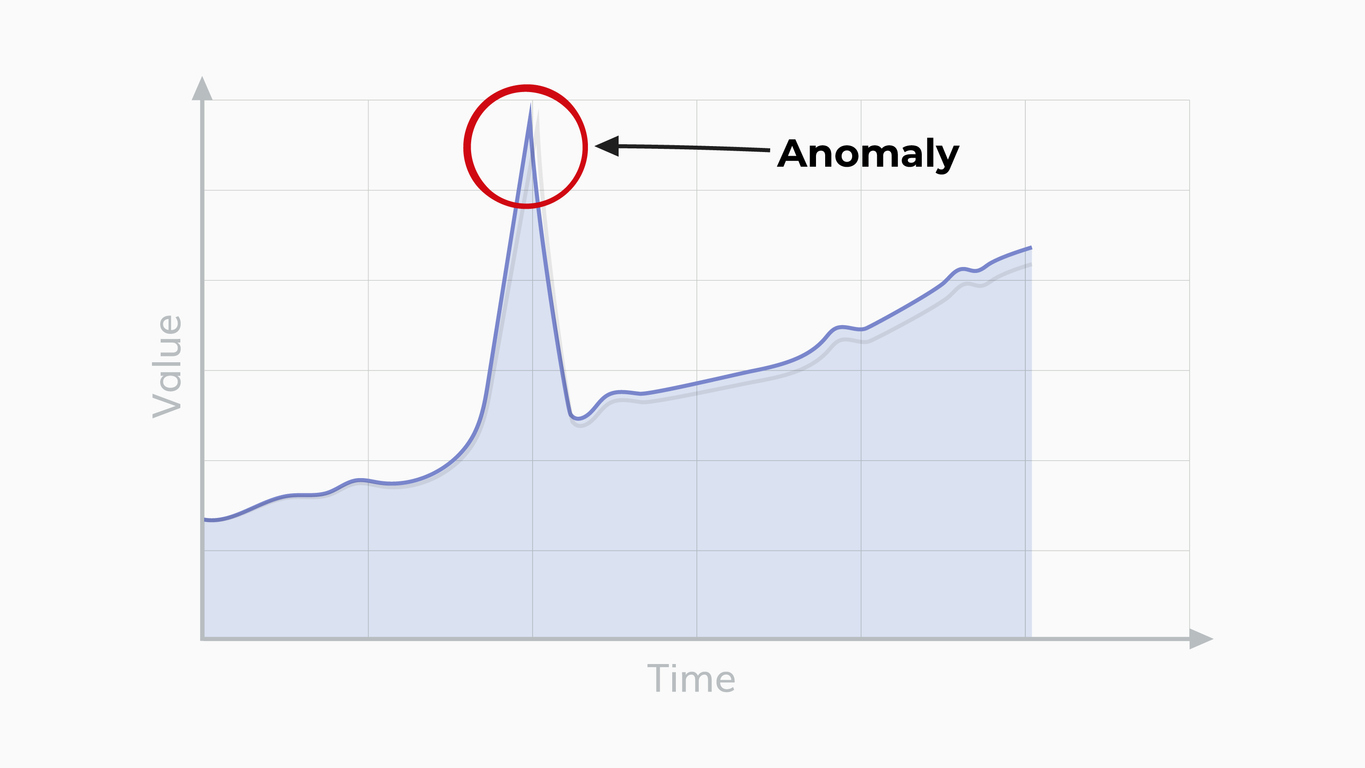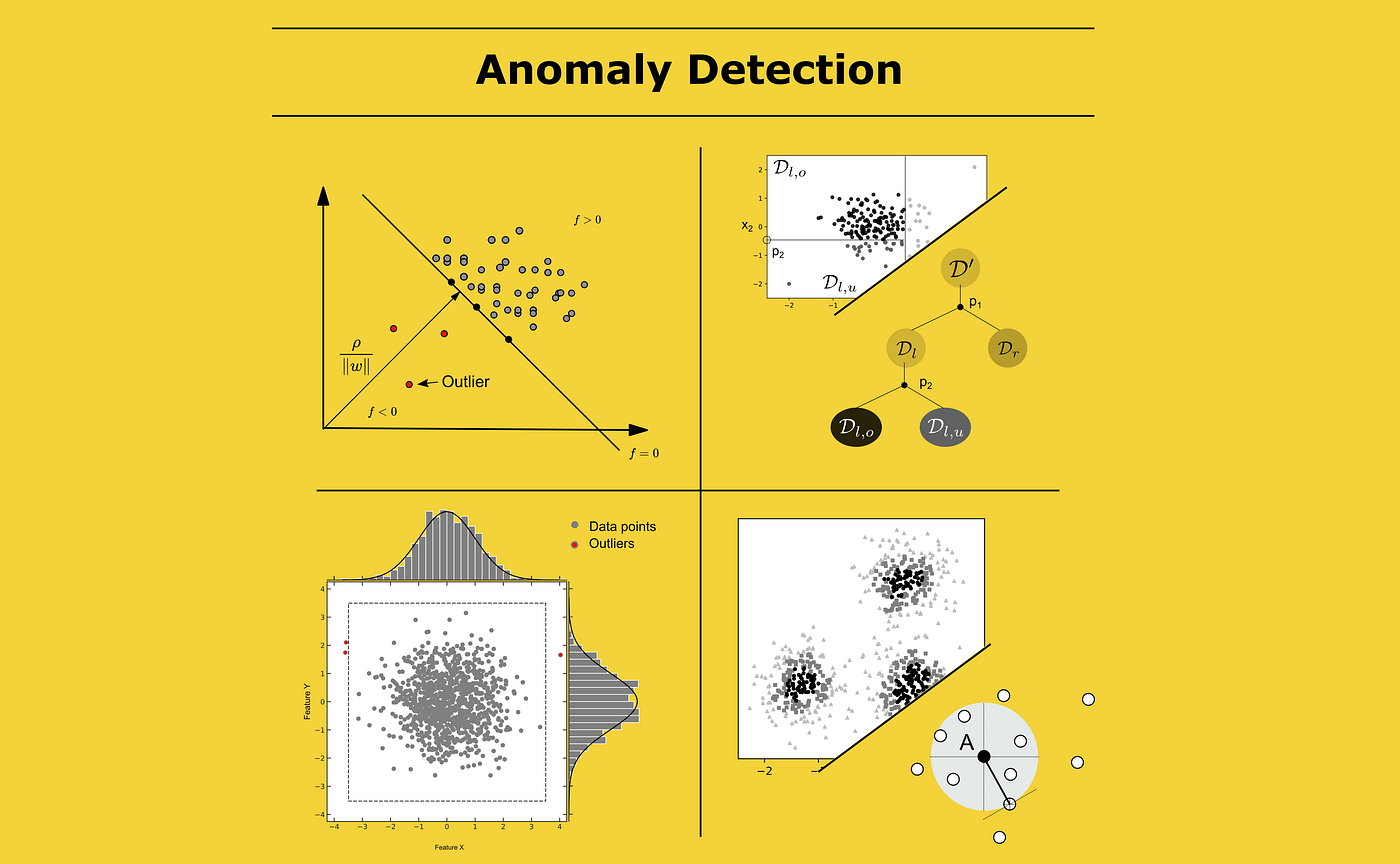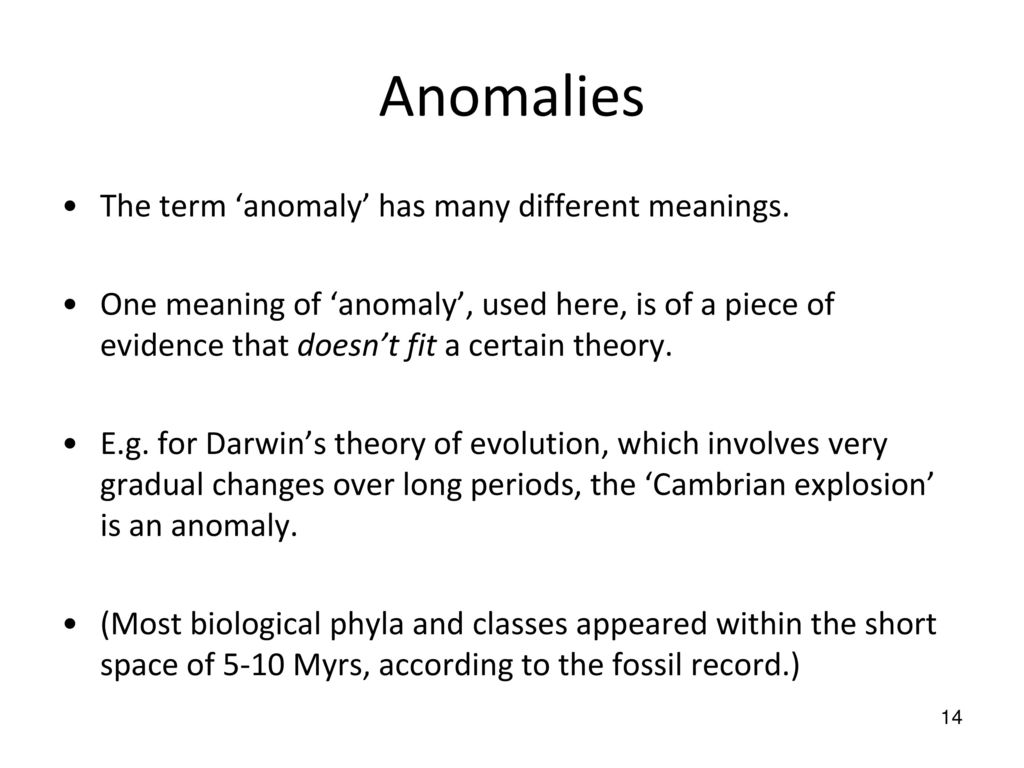What Is The Anomaly In The 100

For weeks, the scientific community has been buzzing, a low hum of intense debate resonating from research labs to online forums. At the heart of it lies "The Anomaly in the 100," a statistical deviation so profound, so unexpected, that it's shaking the foundations of established models. Is it a glitch, a measurement error, or a signal pointing to a deeper, previously unseen reality?
This anomaly, observed during the Centaurus Project, an ambitious endeavor to map the energy spectrum of cosmic rays at unprecedented detail, presents a statistical skew at the 100 TeV energy level. Simply put, the data deviates significantly from the predicted power-law distribution, exhibiting an unexpected surge. The consequences of this deviation, if validated, could revolutionize our understanding of particle physics, astrophysics, and even cosmology, potentially challenging the very Standard Model itself.
Unpacking the Centaurus Project and the Anomaly
The Centaurus Project, funded by a consortium of international scientific organizations, including the European Space Agency (ESA) and the National Science Foundation (NSF), utilizes a network of ground-based detectors and high-altitude balloons to capture cosmic ray data. These detectors measure the energy and direction of incoming cosmic rays, allowing scientists to reconstruct their origin and composition. The project's primary objective is to refine our understanding of cosmic ray acceleration mechanisms and their impact on the interstellar medium.
The anomaly was first flagged during routine data analysis by a team led by Dr. Anya Sharma at the Max Planck Institute for Extraterrestrial Physics. Initially dismissed as a potential systematic error, the team meticulously reviewed the calibration procedures, detector performance, and data processing pipelines. After months of rigorous testing and cross-validation, the anomaly persisted.
"We initially thought it was an instrumental effect," Dr. Sharma stated in a recent press conference. "But after exhaustive checks, we are confident that the anomaly is a genuine feature of the cosmic ray spectrum."
The Statistical Significance
The statistical significance of the anomaly is what makes it so compelling. According to a pre-print paper released by Dr. Sharma's team, the deviation exceeds 5-sigma. This level of statistical significance is considered the gold standard in particle physics, virtually eliminating the possibility of a random fluctuation.
Several independent research groups have since attempted to replicate the findings using different datasets and analysis techniques. While some have reported preliminary evidence supporting the anomaly, others remain skeptical. This has fueled a lively debate within the scientific community, with arguments focusing on the interpretation of the data and the potential sources of error.
Potential Explanations and Competing Theories
Theories abound regarding the possible explanation for "The Anomaly in the 100." One prevailing hypothesis suggests the existence of a previously undetected astrophysical source, a nearby pulsar, or a particularly energetic supernova remnant that is injecting a significant number of particles at that specific energy.
Another, more radical possibility, is that the anomaly represents evidence of new physics beyond the Standard Model. Some physicists speculate that it could be linked to the decay of dark matter particles or the annihilation of exotic particles in the galactic halo. This, however, remains highly speculative.
Dr. Kenji Tanaka, a theoretical physicist at Kyoto University, proposes a more conservative explanation. He believes the anomaly could be related to limitations in our current understanding of cosmic ray propagation. He suggests,
"The interstellar magnetic field may be structured in a way that preferentially channels particles at 100 TeV towards Earth, creating the illusion of an excess."
The Role of Dark Matter
The dark matter hypothesis is perhaps the most intriguing and controversial. If the anomaly is indeed a signature of dark matter, it would provide a crucial piece of evidence in the long-standing quest to understand this mysterious substance.
However, detecting dark matter through its decay or annihilation products is extremely challenging, as the signals are expected to be faint and easily obscured by background noise. Furthermore, this would require significant theoretical adjustments to our understanding of dark matter interactions.
Implications and Future Research
Regardless of its origin, the "Anomaly in the 100" has profound implications for our understanding of the universe. If it confirms the existence of new astrophysical sources, it will necessitate a re-evaluation of our models of cosmic ray acceleration and propagation. If it points to new physics, it could revolutionize our understanding of fundamental particles and forces.
Future research efforts will focus on obtaining more precise measurements of the cosmic ray spectrum in the 100 TeV region. This will involve upgrading existing detectors, deploying new instruments, and launching space-based observatories. The Cherenkov Telescope Array (CTA), a next-generation ground-based gamma-ray observatory, is expected to play a crucial role in this endeavor.
The scientific community is also calling for increased collaboration between experimentalists and theorists. Only through a concerted effort can we hope to unravel the mystery of the "Anomaly in the 100" and unlock its secrets.
Conclusion
The "Anomaly in the 100" is more than just a statistical blip; it is a call to action for the scientific community. It represents a rare opportunity to push the boundaries of knowledge and explore uncharted territory. Whether it leads to the discovery of new astrophysical sources or the unveiling of new fundamental particles, the journey of discovery promises to be transformative.
The upcoming months and years will be crucial as researchers continue to collect and analyze data, refine their theoretical models, and debate the meaning of this enigmatic anomaly. The world watches with bated breath, eager to witness the next chapter in this unfolding scientific drama.


















